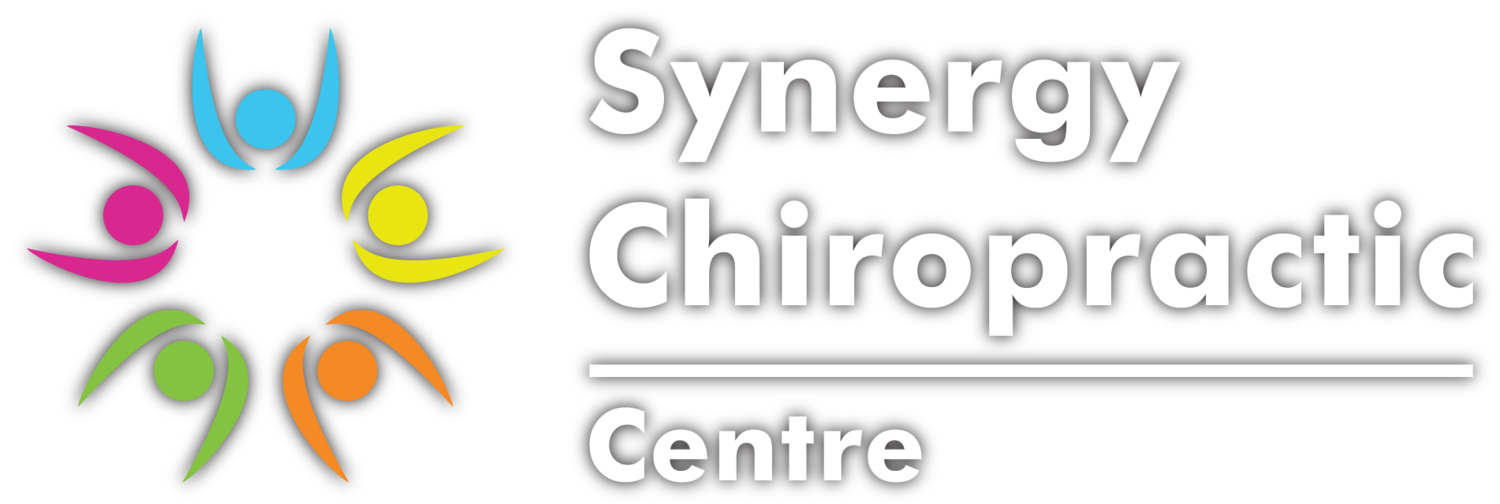Dry Needling
Dry needling was developed as a therapy to treat trigger points, which are taut bands of tissue located in muscles, fascia and bone periosteum, with the aim of treating pain, muscular dysfunction and movement impairments.
As the needles are inserted into the trigger points or areas of tension, the focal invasion causes the tissue to react. This reaction is promptly followed by a degree of tissue relaxation as well as an effect on the nerves, inhibiting the transmission of pain signals and increasing the release of pain-relieving chemicals. Thus, it influences pain control, reduces muscle tension and facilitates an accelerated return to active rehabilitation.
Generally, needle insertion is not felt. There is often a local twitch response or sudden slight contraction of the muscle when the needle enters the trigger point, which may elicit a brief pain response, often described as an electric shock or a cramping sensation. During and after the treatment the patient may experience a “bruised/heavy/tight” sensation in the muscle and this soreness may persist for 24-48 hours. The application of heat or ice over the area, as well as drinking plenty of water helps reduce the soreness. It takes several treatments for a positive result to take place, as the needling is looking to cause mechanical and biochemical changes.
As with any form of therapy, the application, technique and results that practitioners achieve will vary. As a chiropractor who practices dry needling it is essential that it does not replace the chiropractic spinal adjustment, but is rather combined with chiropractic therapy as a useful tool to accelerate pain reduction, healing and the restoration of normal tissue function
In addition, patients who are sensitive to touch or are in severe pain often find dry needling extremely effective as their tightness can be released with minimal hands-on therapy.
To read more on this topic the following links may be useful:
http://www.sportandspinalphysio.com.au/your-top-6-dry-needling-acupuncture-questions-answered/
https://paramount-health.com.au/difference-between-acupuncture-and-myofascial-dry-needling/
http://activerehab.com.au/acupuncture-vs-dry-needling-pulling-the-pin-on-the-myths/

